
If you could ask someone in the 1960s what they expected the 2020s to look like, they might mention flying cars and robot maids. While Roombas are the closest we get to Rosey from the Jetsons, our houses are getting more futuristic with every passing year, thanks to the continuous advancements in smart home devices. It’s hard to find a freshly built home these days that does not have at least one smart appliance, whether it’s a smart lock, a smart light, a smart fridge, or some other brainy device designed to make our lives undeniably easier and more convenient.
However, this convenience comes with an often-overlooked trade-off: security. To make them smart, all these appliances have to connect to your WiFi, which also makes you vulnerable to hackers and cybercriminals. These aren’t the burglars who will break in to steal your physical possessions, but rather those that can breach your home network to steal your data or even spy on you. As Bruce Young, program lead and instructor of cybersecurity at Harrisburg University of Science and Technology, states, smart appliances, also known as Internet of Things (IoT) devices, can be risky because they’re monitored and managed remotely. While this remote access is what makes them so convenient, it also “opens the door to the risk of unauthorized access.”
While there isn’t yet much data on how frequently attacks like this happen, and sources like Anton Dahbura, the executive director of the Johns Hopkins University Information Security Institute, agree it’s not a problem to “freak out about just yet,” it is something everyone should take precautionary measures to avoid. Especially as smart devices become even more ingrained in our daily lives. In a series of studies involving people with smart homes, NIST researchers learned that participants had concerns about these devices but often still used them out of convenience. Many were also confused about what exactly to do to protect themselves and their devices. That’s why understanding the specific vulnerabilities is crucial – to empower you to enjoy your smart home securely.
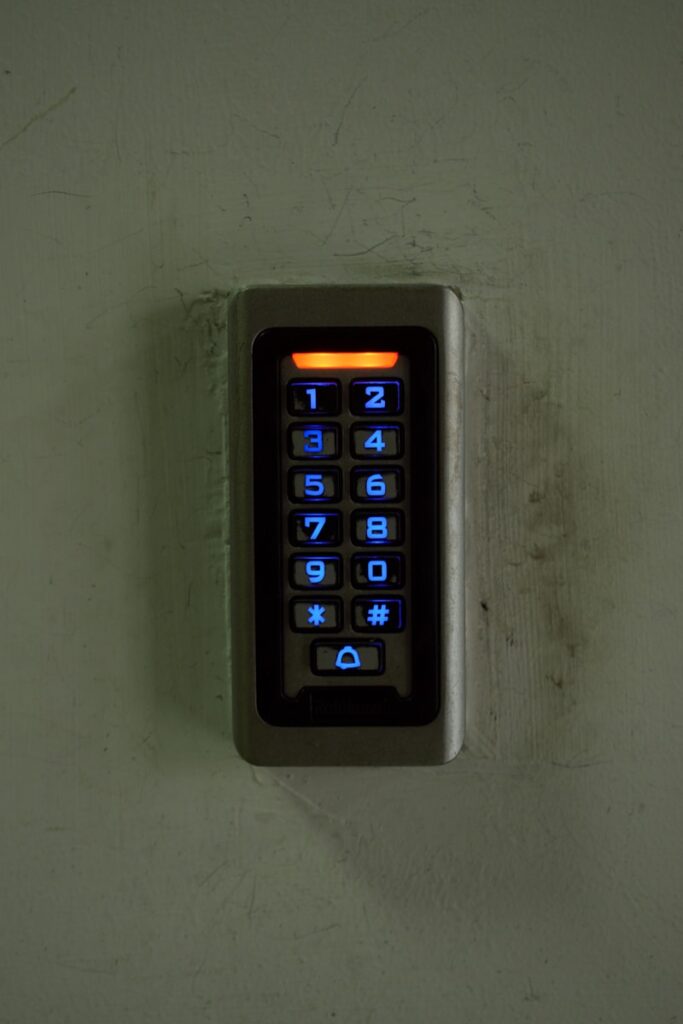
1. **Default or Weak Passwords: The Open Back Door**One of the most glaring and easily exploitable vulnerabilities in smart home security stems from something surprisingly simple: passwords. Many smart devices arrive with default passwords that often remain unchanged from product to product, making it alarmingly easy for knowledgeable hackers to break into your device. This isn’t just about general passwords; it applies specifically to the credentials set up for your smart appliances, which, if not properly secured, can become the weakest link in your entire home network.
Beyond default passwords, the issue extends to weak or easily guessable passwords. If your password can be readily figured out—perhaps it’s your address, a family member’s name, or a simple sequence like “123456”—that immediately creates another pathway inside for cybercriminals. The goal for hackers is often the path of least resistance, and an obvious or unchanged password offers precisely that, rendering more advanced security measures largely ineffective.
Tech experts consistently emphasize the critical importance of robust, unique passwords for every device and account. As part of protecting your smart home, you should make it a non-negotiable first step to change any default password immediately upon setup. Furthermore, adopting strong, complex passwords that combine letters, numbers, and symbols, and are not easily associated with personal information, is paramount. This foundational step is not merely a suggestion; it’s a necessity for closing one of the most common and preventable entry points for unauthorized access.
This principle is so vital that it’s worth repeating: “Do not reuse your passwords!” Many attacks on smart home devices, including the concerning incidents of hackers talking to babies through connected video monitors, have been directly linked back to reused passwords. If a single password used across multiple platforms is compromised, it instantly creates widespread vulnerability across all your linked accounts and devices. Establishing unique, strong credentials for each smart appliance is the first, indispensable layer of defense in securing your digital sanctuary.
Read more about: Unlock Your Digital Shield: 15 Essential Cybersecurity Tricks Everyone Needs to Master Today

2. **Unsecured Home Wi-Fi Networks: An Invitation to Intruders**Just as weak passwords act as an open back door, an unsecured home Wi-Fi network serves as an open invitation for cybercriminals to stroll right in. It’s a fundamental vulnerability that, if overlooked, can render all other individual device security measures moot. As the context clearly states, you should “Don’t leave your home WiFi network open for anyone to use. Cybercriminals can easily break into your smart appliances through an unsecured network.” This highlights the immediate and serious threat posed by an unprotected wireless connection.
An unsecured network is one that doesn’t require a password to connect, or uses an easily guessable default password for the router itself. Imagine leaving your front door unlocked in a bustling city; an open Wi-Fi network offers a similar level of accessibility to anyone within range. Once a cybercriminal gains access to your network, they can then potentially “move laterally within your network, including cloud services connected to your phone or home network, if security measures aren’t strong,” as Young explains. This can lead to them accessing sensitive personal information, or even conducting surveillance through connected cameras and microphones.
The practical advice here is clear and non-negotiable: “Make sure it’s password protected.” Securing your home network with strong, modern encryption (like WPA2 or WPA3) and a unique, complex password is a foundational element of smart home security. Regularly checking your router settings page or using a network scanning tool to identify any unfamiliar devices connected to your Wi-Fi is also a crucial monitoring practice. This proactive approach ensures that only authorized devices are communicating within your home’s digital ecosystem, keeping unwanted guests out.
Your router is the central gateway to your smart home, and its security settings dictate the overall integrity of your connected environment. Beyond just having a password, ensure it’s a strong one that isn’t easy to guess or brute-force. Disabling unnecessary access accounts to your Wi-Fi network, such as guest networks that aren’t actively in use, further reduces potential entry points. A robustly secured Wi-Fi network is the invisible, yet impenetrable, wall around your smart home devices, protecting them from the moment they connect.

3. **Outdated Device Firmware/Software: Neglecting Critical Patches**In the fast-paced world of technology, every device, especially smart home gadgets, relies on software and firmware to function. However, a common blind spot that tech experts wish you’d stop trusting is the assumption that these devices are perpetually secure without active maintenance. The reality is that “Many smart devices aren’t regularly updated, leaving them vulnerable to security flaws which can then be exploited by hackers, explains Young.”
These security flaws, often called vulnerabilities or bugs, are continually discovered by researchers and hackers alike. Tech companies release updates (firmware or software patches) to fix these issues, essentially closing digital loopholes that could otherwise be exploited. When a device’s software is outdated, it remains susceptible to known weaknesses, making it an easy target for cybercriminals who are constantly scanning for such opportunities. This neglect can turn even an otherwise secure device into a potential weak point within your network.
The critical solution is straightforward: prioritize updates. “Ideally, you want to set these updates to happen automatically, so you don’t forget.” Automatic updates ensure that your devices receive the latest security patches as soon as they are released, keeping them protected against newly discovered threats without requiring constant manual intervention. This proactive approach significantly reduces your attack surface and fortifies your smart home against evolving cyber threats.
However, not all devices offer automatic updates, and some older devices may eventually stop receiving updates altogether. In such cases, it’s imperative to manually check for and apply updates regularly. If a device is older and can no longer receive updates, then “you should consider replacing or retiring that item.” Continuing to use an unpatched, unsupported device is akin to leaving a window open in a known insecure building. For optimal security, ensuring all your smart home tech is running current, patched software is a non-negotiable practice that enhances its trustworthiness and resilience.
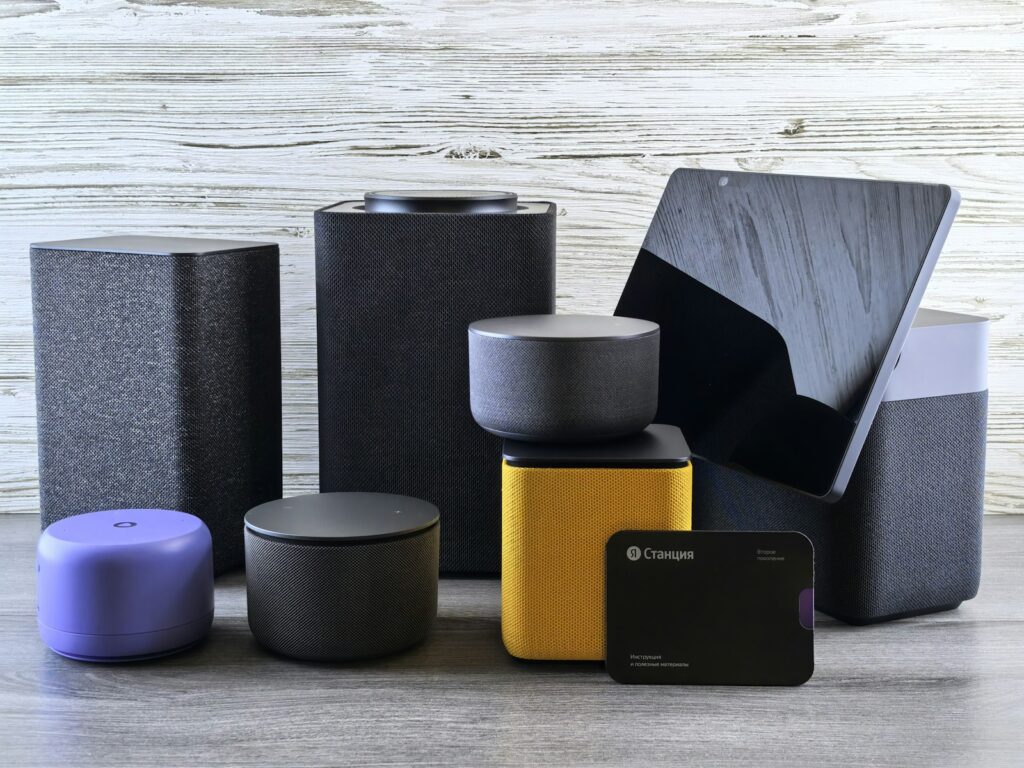
4. **Cheap, Unbranded Smart Devices: The Hidden Cost of Savings**The allure of a bargain is powerful, especially when it comes to technology. However, when it comes to smart home devices, tech experts issue a strong warning against the temptation of cheap, unbranded alternatives. These devices are explicitly listed under the section to “Avoid: Cheap, Unbranded Smart Devices.” While the low upfront cost might seem appealing, the potential hidden costs in terms of security and privacy can be astronomical, making them gadgets you absolutely should stop trusting implicitly.
The reason for their lower price often lies in compromised quality, both in hardware and, more critically, in software security. As the context points out, you have to ask yourself, “Why are they so cheap?” These unbranded alternatives often “compromise on security and functionality.” They may lack the robust encryption, thorough security testing, and regular vulnerability patching that more reputable brands provide. This means they can introduce significant, often unseen, risks into your home network from day one.
Furthermore, there’s a serious concern regarding data privacy. Many of these cheaper devices, particularly those from unknown manufacturers, might be collecting and selling your data without your full realization or explicit consent. The context explicitly states, “They may also be selling your data. And who reads those long user acceptance policies?” The risk of having your personal habits, movements, or even conversations monetized and shared with third parties is a significant privacy nightmare that far outweighs any initial savings. Your personal information becomes the true currency exchanged.
To safeguard both your security and privacy, the advice is clear: “Investing in reputable brands ensures several benefits.” These include “Regular updates, Security patches, Compatibility with other smart home devices, [and] Long-term support.” Reputable companies have a vested interest in maintaining their brand image and customer trust, which translates into better security practices and ongoing product support. “Cutting corners on unknown brands may end up being costly,” not just for security but also for performance and compatibility with your existing smart home ecosystem. Choosing trusted brands is a vital decision in building a secure and reliable smart home.
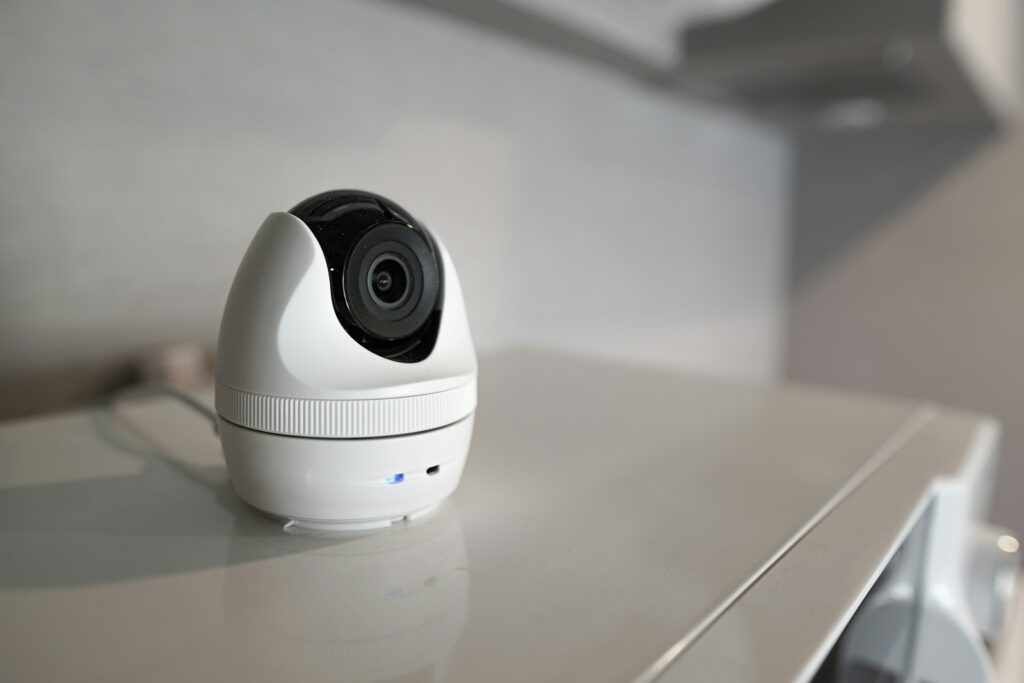
5. **Overly Complex Security Systems: More is Not Always Better**When it comes to home security, the natural inclination might be to add as many gadgets and layers of protection as possible, believing that sheer quantity equates to superior safety. However, tech experts caution against this very notion, advising to “Avoid: Overcomplicating Security Systems.” This approach can paradoxically lead to increased vulnerabilities and reduced effectiveness, making an overly complex setup something you should stop trusting as inherently more secure.
The core problem with an overcomplicated system is directly tied to network exposure. “The more devices you add to a security system, the more exposure for your network.” Each additional smart sensor, camera, or lock introduces another potential entry point for a cybercriminal. If these devices aren’t all perfectly secured, managed, and updated, they collectively create a wider ‘attack surface,’ increasing the chances of a breach rather than diminishing them. Complexity also often breeds inefficiency and confusion, even for the homeowner.
Managing an intricate web of disparate devices from various manufacturers can become a full-time job. This often results in overlooked settings, forgotten updates, or misconfigurations, all of which weaken the overall security posture. A system that is difficult to understand or maintain is one that is less likely to be used effectively, potentially leading to critical gaps in protection. The goal of a security system should be robust protection with ease of management, not a confusing labyrinth of tech.
Instead of prioritizing sheer volume, the recommendation is to “Focus on key elements like smart locks, security cameras, and motion sensors.” Opt for systems that offer user-friendly interfaces and straightforward operation. “You want to ensure effective home security without unnecessary complexities.” A streamlined, well-integrated system that you fully understand and can confidently manage is far more secure than a sprawling, complex one that leaves you bewildered and, more importantly, vulnerable. Simplicity, in this context, is a strength, ensuring that your security measures are both effective and maintainable.”
Building upon the foundational understanding of smart home vulnerabilities, we now pivot to proactive strategies and essential user habits that are crucial for fortifying your digital frontier. A truly secure smart home isn’t just about the devices you choose; it’s about the conscious decisions and ongoing practices you implement to protect your privacy and data. These next six strategies empower you to move beyond basic safeguards and truly take command of your connected environment, ensuring convenience doesn’t come at the cost of your peace of mind.
Read more about: The 12 Unsung Heroes: ‘Dumb’ Tech Gadgets That Actually Deliver Value and Are Worth Every Penny
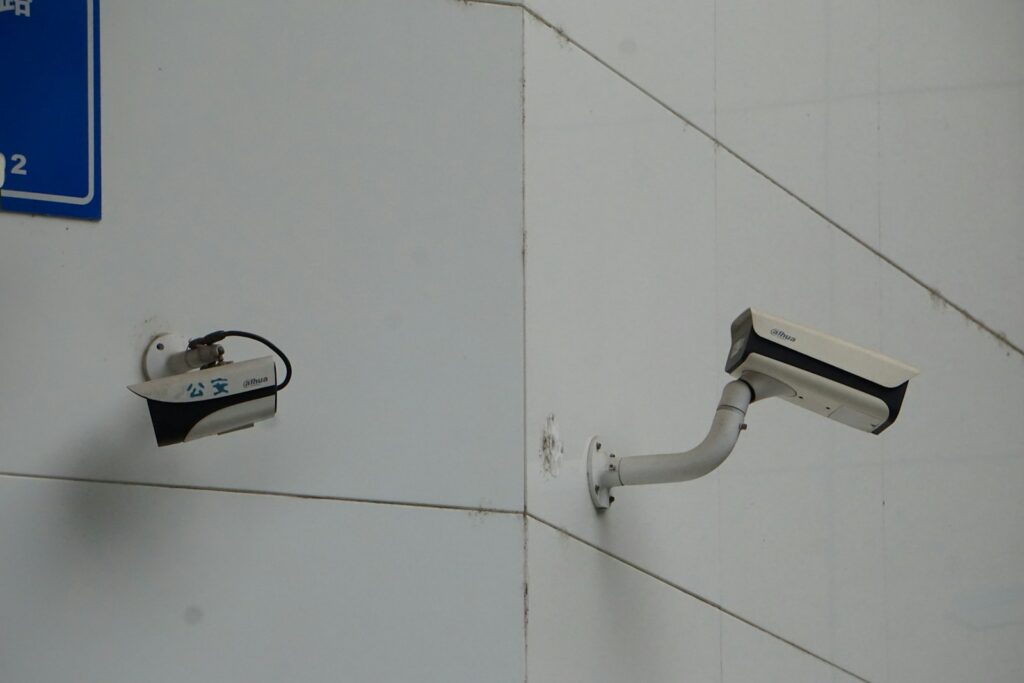
6. **Vigilant Privacy Monitoring: Protecting Your Digital Footprint**In our increasingly connected homes, the allure of smart devices often overshadows critical privacy considerations. Many homeowners, captivated by convenience, inadvertently overlook the potential for these gadgets to collect vast amounts of personal data, including audio, video, and behavioral patterns. This data, if not carefully managed, can be a goldmine for advertisers or, worse, a vulnerability for cybercriminals. Tech experts strongly advise against ignoring these privacy concerns, emphasizing that the trade-off should never be your personal information.
The core of vigilant privacy monitoring involves actively engaging with your devices’ privacy settings. Unfortunately, manufacturers don’t always opt users into the strongest privacy defaults; it often falls to the user to review and adjust these settings to their comfort level. This includes managing how long your video or audio recordings are saved, or even preventing your information from being sent to the manufacturer if possible. It’s a proactive step that ensures you retain control over your digital life within your own home.
A significant aspect of this vigilance is staying informed about policy changes or unexpected feature rollouts by manufacturers. A prime example highlighted in the context is Amazon’s automatic opt-in of users to Amazon Sidewalk, a shared neighborhood Wi-Fi network. Without awareness, users might unknowingly participate in a network sharing their bandwidth. Regularly checking for such announcements and understanding what you’re consenting to—or, more importantly, what you can opt out of—is paramount for maintaining a truly private smart home. Don’t let convenience overshadow the continuous need to guard your personal data.
Read more about: Secure Your Season: 10 Actionable Strategies to Prevent Identity Theft and Tax Fraud
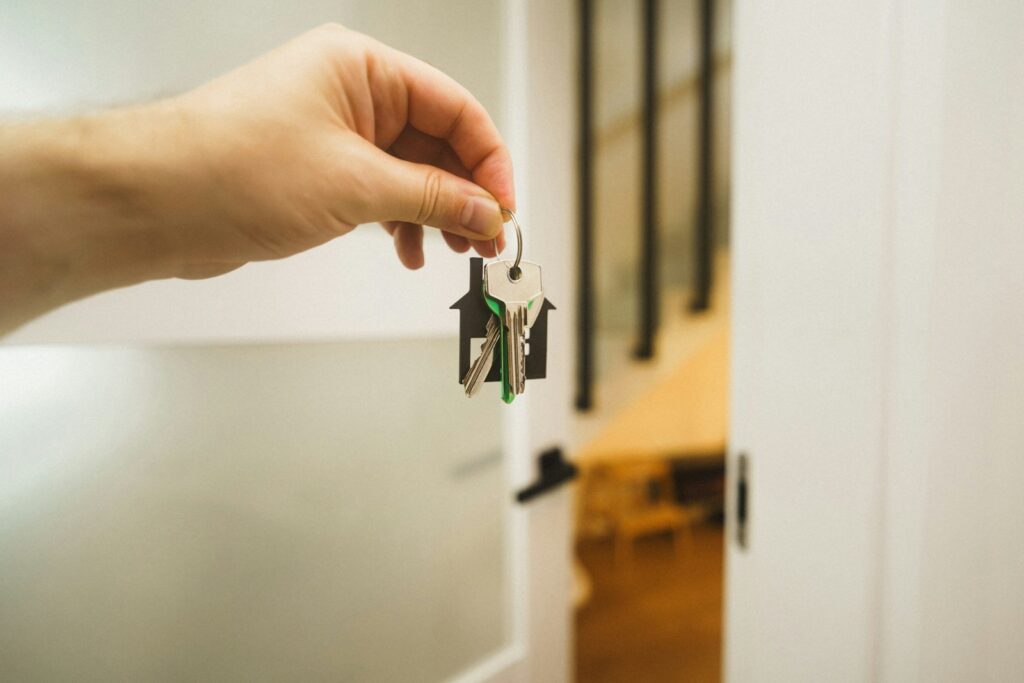
7. **Informed Purchasing Decisions: Beyond the Price Tag**While the previous section touched upon the dangers of cheap, unbranded devices, making informed purchasing decisions extends beyond simply avoiding bargains. It’s about a holistic approach to acquiring smart home technology, ensuring that every new device seamlessly integrates into your secure ecosystem without introducing new risks. Impulse buying, fueled by the excitement of new gadgets, is a habit tech experts universally wish homeowners would stop trusting, as it often leads to compatibility issues, unmet expectations, and, most critically, security vulnerabilities.
Before adding any smart device to your home, comprehensive market research is indispensable. This means going beyond basic feature comparisons to critically evaluate a product’s security and privacy track record. Questions to consider include whether the manufacturer has faced recent privacy or security breaches, what specific security and privacy features the device offers, and how those settings can be configured. This due diligence ensures you’re not just buying a gadget, but a secure, reliable addition to your home.
Furthermore, an informed decision involves checking with all household members to ensure comfort with the device’s presence and function. If a device is in your home, especially one that collects data or interacts with sensitive areas, everyone sharing that space should agree to its use. This collaborative approach not only prevents potential conflicts but also ensures a shared understanding of the device’s capabilities and any associated privacy implications. Prioritizing reputable brands that offer regular updates, security patches, compatibility, and long-term support remains a cornerstone of this strategy.
Read more about: The 14 Best Expert-Trusted Devices Under $15000: A Comprehensive Consumer Review
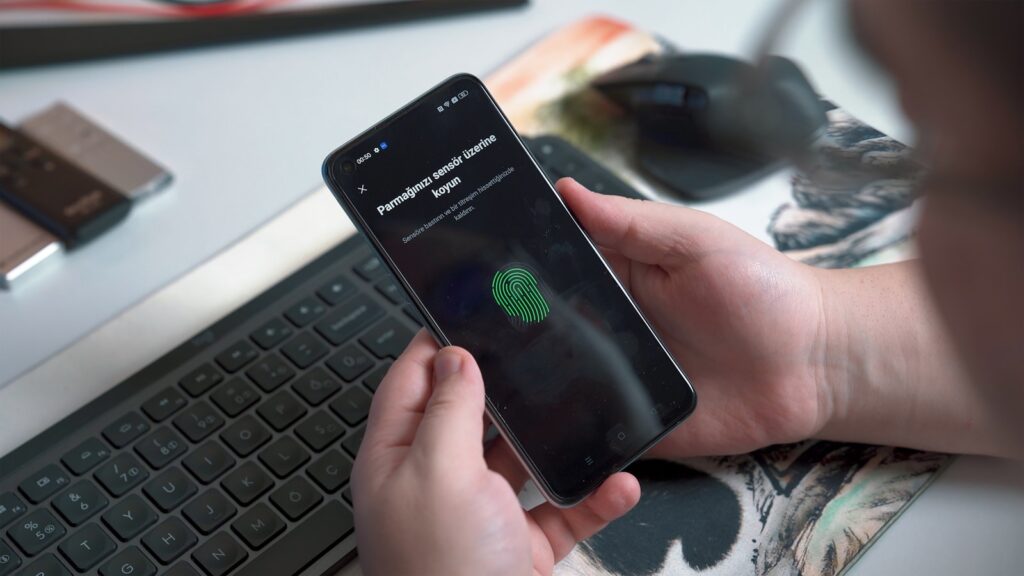
8. **Diligent Password Management: Beyond the Basics with 2FA**We’ve already established the critical importance of strong, unique passwords for every smart device—a fundamental step that cannot be overstated. However, truly diligent password management extends beyond initial setup; it’s an ongoing practice that incorporates advanced layers of protection, most notably multi-factor authentication (MFA). Tech experts consistently advocate for MFA as an indispensable security measure, transforming a single password from a potential weak link into a significantly more robust barrier against unauthorized access.
Multi-factor authentication, often referred to as two-factor authentication (2FA), adds a crucial second verification step beyond just your password. This might involve a code sent to your phone, a fingerprint scan, facial recognition, or an authentication app. Even if a cybercriminal manages to compromise your password, they would still need this second factor to gain access, making a breach significantly more difficult. More and more accounts now require 2FA because it provides such an essential extra layer of security, and where optional, it should always be enabled.
Moreover, the habit of diligent password management includes continuous vigilance against password reuse. As previously highlighted, using the same password across multiple platforms creates a widespread vulnerability, turning one compromised account into a gateway for many. Regularly updating passwords, utilizing password managers to generate and store complex, unique credentials, and ensuring all family members understand and adhere to these practices are all vital components of maintaining a strong digital defense. This ongoing commitment to robust password hygiene is a cornerstone of smart home security.
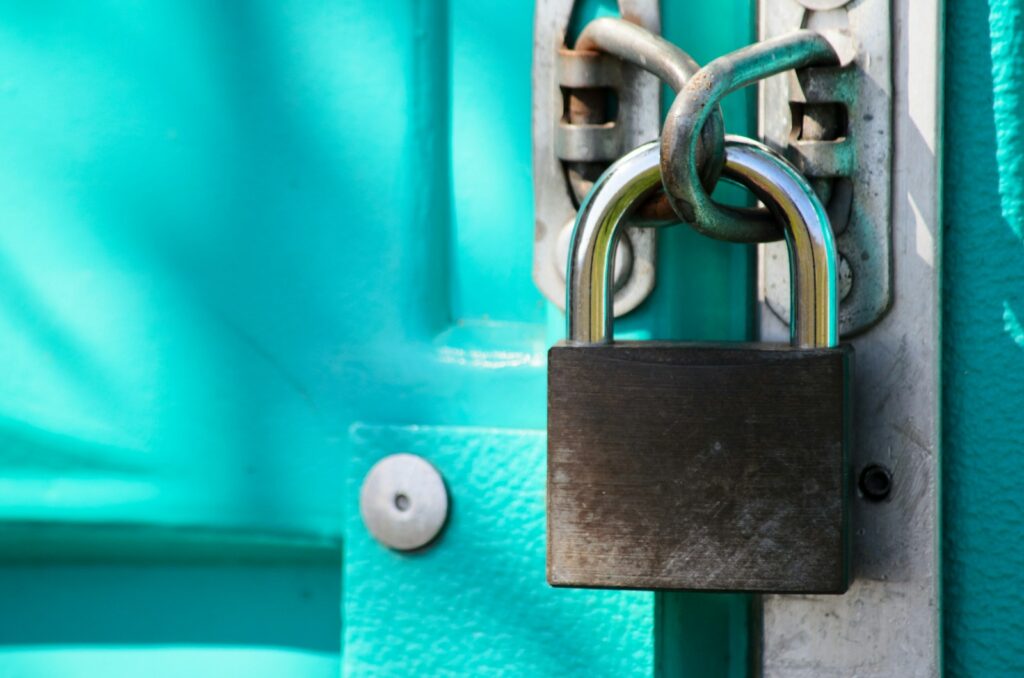
9. **Feature Management: Less Can Be More Secure**When setting up smart home devices, it’s easy to activate every available feature, believing that more functionality inherently leads to a better experience. However, tech experts suggest a more strategic approach: managing and, in many cases, disabling unnecessary features. This practice, often overlooked, can significantly reduce your smart home’s attack surface and enhance overall security. The principle is simple: every enabled feature, particularly those offering remote access or data collection, represents a potential vulnerability if not rigorously secured.
A key recommendation is to disable any access accounts to your Wi-Fi network that are not actively in use, such as guest networks. Similarly, within your smart devices, if there’s a feature you prefer not to use, turning it off is a wise move. For instance, the context specifically mentions the benefit of disabling the ability to order things directly from voice assistants, especially if children are present. This not only prevents accidental purchases but also removes a potential avenue for misuse or exploitation, safeguarding both your finances and your privacy.
This meticulous approach to feature management extends to any form of “set and forget” functionality that might expose more than is necessary. By actively reviewing what capabilities each device truly needs to perform its core function, and then proactively disabling superfluous options, homeowners create a leaner, more defensible smart home environment. It’s about optimizing for security and privacy, understanding that in the digital realm, sometimes less functionality equates to greater protection.
Read more about: The Definitive Guide: Ranking the 13 Best Truck Bed Covers of 2025 for Security, Value, and Practicality
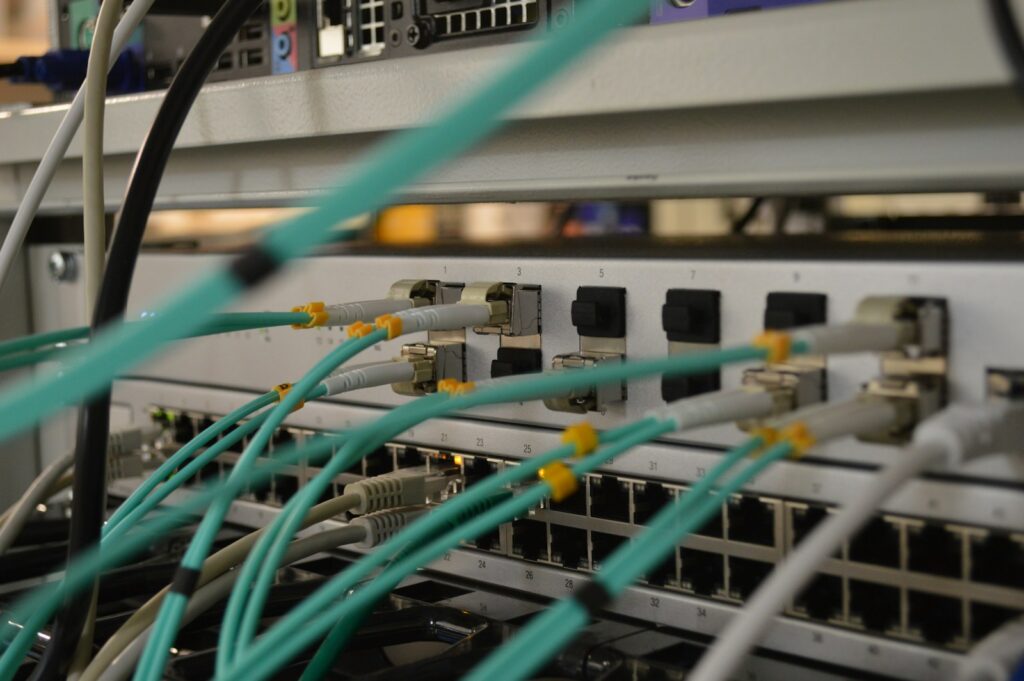
10. **Network Segmentation: Building a Digital Firewall**While securing your primary home Wi-Fi network with a strong password is a non-negotiable first step, tech experts are increasingly advocating for an advanced strategy known as network segmentation. This involves setting up a separate, dedicated network specifically for your smart home devices, creating a digital firewall between your IoT gadgets and your more sensitive personal computers and financial data. It’s a proactive measure that significantly enhances your home’s cybersecurity posture, limiting the lateral movement of potential intruders.
The rationale behind network segmentation is straightforward: if a smart doorbell, which might be more easily compromised, is on the same network as your computer containing sensitive financial documents, a breach of the doorbell could potentially expose your entire digital life. By separating these networks, you contain any potential breach to the IoT segment, preventing hackers from easily “hopscotching” from a less secure device to critical data or other sensitive systems within your home. It’s akin to having multiple, independently secured rooms in your digital house.
Implementing network segmentation can seem like a more advanced task, potentially requiring some initial effort to set up through your Wi-Fi router settings. However, the investment of time and effort is unequivocally worth it for the enhanced peace of mind and protection it offers. A segmented network acts as a robust isolation layer, ensuring that even if one of your smart appliances were to be compromised, the impact on your primary network and most valuable data would be minimized. It’s an expert-level strategy for anyone serious about elevating their smart home security.
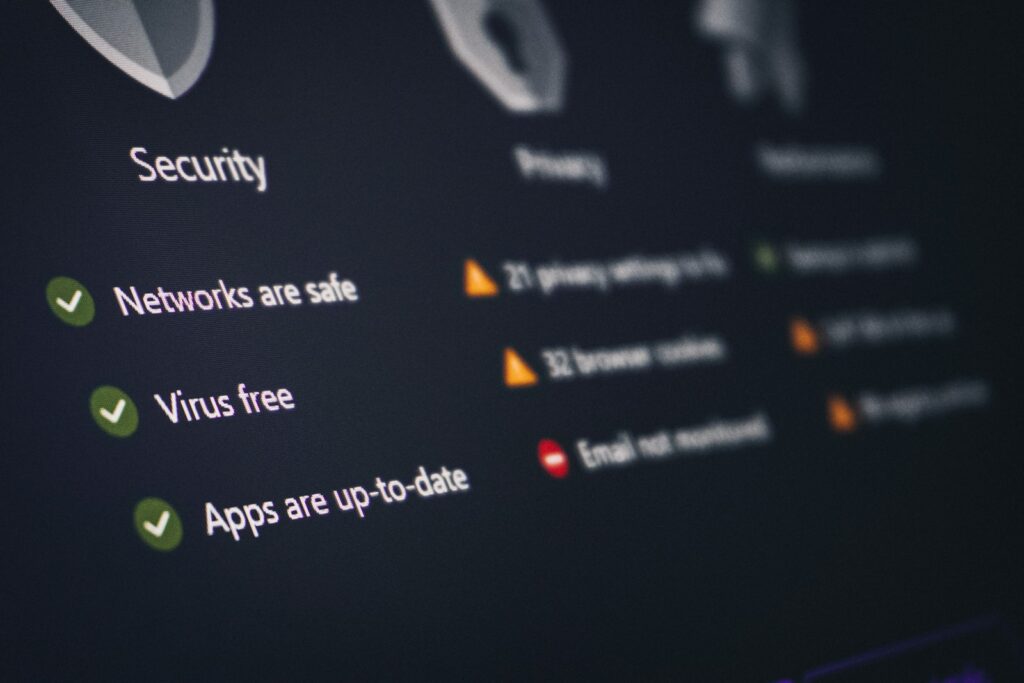
11. **Awareness of Phishing and Malware: The Human Element of Security**Even with the strongest passwords, the most updated firmware, and perfectly segmented networks, a smart home’s security can still be undermined by one critical factor: the human element. Cybercriminals frequently target users directly through social engineering tactics like phishing and malware, aiming to trick individuals into compromising their own systems. Tech experts emphasize that vigilance against these deceptive practices is as crucial as any technical safeguard, making “awareness of phishing and malware” a non-negotiable habit you need to cultivate.
Phishing attacks often arrive in the form of convincing emails or pop-ups that appear legitimate but are designed to steal your credentials or induce you to download malicious software. The context explicitly warns against ignoring “training videos your work makes you watch” and to “be wary of offers via email and popups that sound too good to be true.” These scams leverage trust and urgency, aiming to bypass your technological defenses by exploiting your natural inclination to click or respond. Recognizing the tell-tale signs—unusual sender addresses, grammatical errors, suspicious links, or unsolicited requests for personal information—is your first line of defense.
Malware, on the other hand, refers to any software designed to disrupt, damage, or gain unauthorized access to computer systems. If you observe unfamiliar programs running on your devices, a sudden bombardment of pop-ups and ads, or unexpected password reset requests, these are strong indicators that your devices may have been exposed to adware or malware. These programs can run in the background, slowing down your devices and consuming resources, all while potentially siphoning off sensitive data. Staying informed about the latest scams and maintaining a healthy skepticism towards unsolicited digital communications are vital habits for preventing these insidious threats from compromising your smart home. Equipping yourself with knowledge about these human-targeted attacks is arguably the most powerful security tool you possess.
In an era where our homes are becoming increasingly intelligent, the responsibility of safeguarding our digital lives falls squarely on our shoulders. The journey to a truly secure smart home is an ongoing one, requiring not just smart devices, but smarter habits. By understanding the vulnerabilities and diligently implementing these expert-backed strategies—from vigilant privacy monitoring and informed purchasing to diligent password management, strategic feature control, network segmentation, and acute awareness of cyber threats—you can transform your connected living space into a fortress of privacy and security. The future of smart living is bright, but only if we collectively commit to navigating its landscape with informed caution and unwavering vigilance. Your smart home deserves nothing less than your sharpest attention.




